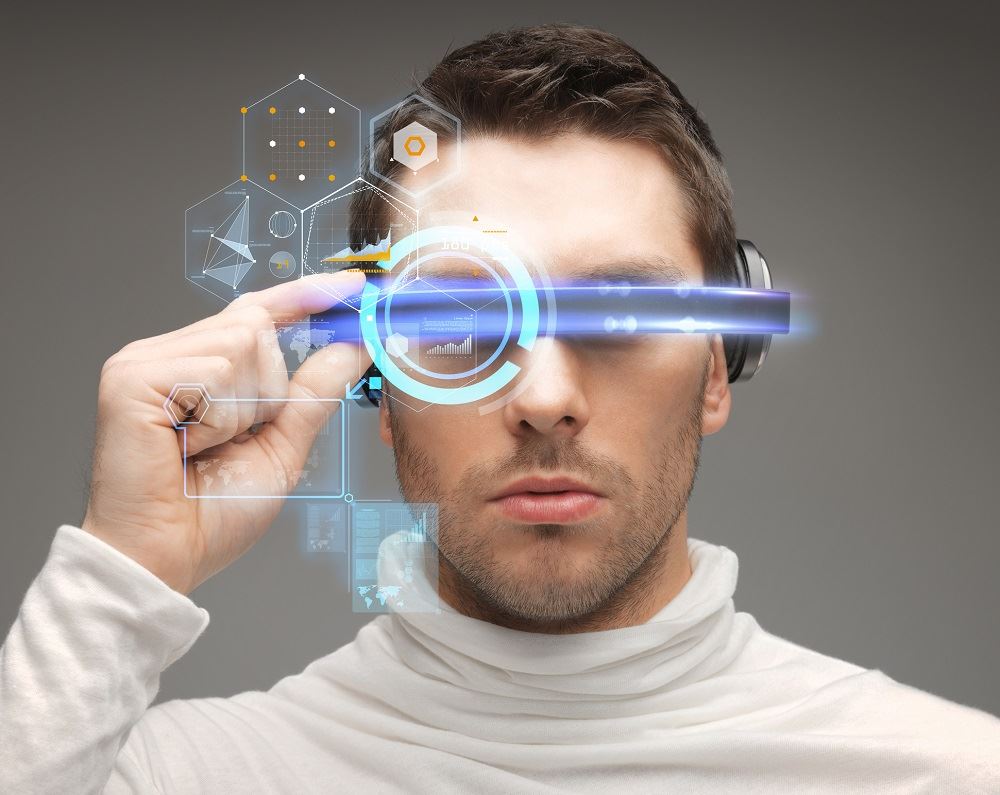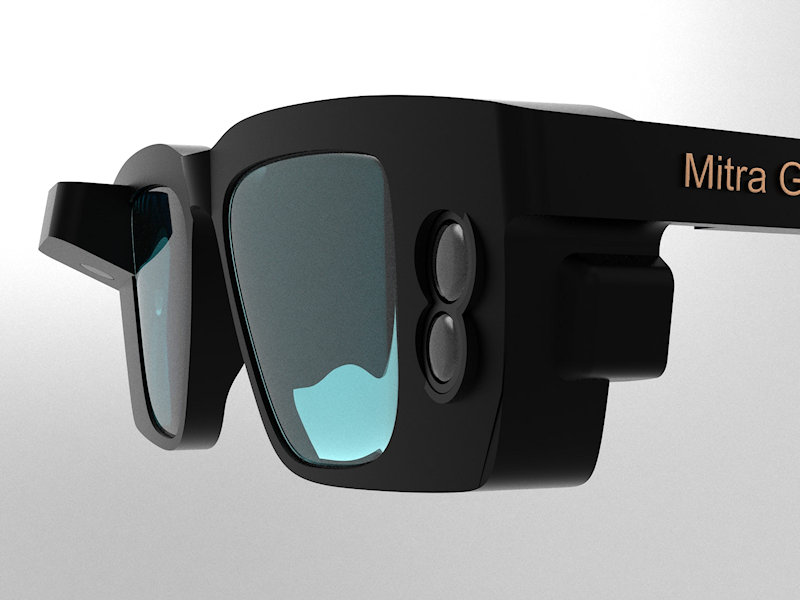Cutting-edge Solutions in Assistive Innovation for Visual Problems
The landscape of assistive technology for aesthetic problems is evolving quickly, offering a series of innovative options that boost ease of access and self-reliance. From innovative smart device applications that help with navigation to wearable gadgets made for real-time guidance, these tools are reshaping the experiences of those with visual impairments. The assimilation of wise home innovations and academic sources has the possible to cultivate better community engagement. The implications of these developments raise important concerns regarding their ease of access and effectiveness in diverse contexts, warranting a more detailed exam of their more comprehensive impact.
Improvements in Smartphone Applications
In the last few years, improvements in smartphone applications have substantially transformed the landscape of assistive modern technology for people with visual problems. These applications take advantage of the powerful sensing units and capabilities of contemporary smartphones to supply users with devices that enhance freedom and ease of access in their every day lives.
Significant among these technologies are applications created for object acknowledgment, which utilize the mobile phone's camera to determine items and supply spoken descriptions. Such attributes empower users to navigate their environments a lot more effectively, whether determining items in shops or situating individual belongings in your home. Furthermore, text-to-speech applications have actually improved considerably, allowing individuals to record printed text via their device's video camera and obtain split second audio feedback, therefore helping with analysis and understanding.
Community-driven applications have actually cultivated social communication and source sharing amongst individuals with visual impairments, developing a supportive network that enhances their quality of life. Overall, smartphone applications have actually come to be vital allies in promoting freedom and access for people with visual impairments.
Wearable Instruments for Navigating
Wearable gadgets for navigation have arised as a groundbreaking option for individuals with visual problems, using hands-free aid that boosts wheelchair and positioning. These devices typically make use of advanced technologies, including GPS, ultrasonic sensors, and man-made knowledge, to give real-time comments and direction to customers as they navigate their environment.
One notable instance of wearable navigation modern technology is wise glasses, which can spot barriers and relay auditory or haptic comments to the user, enabling secure and effective movement in different setups. Other tools, such as vests and belts geared up with sensors, can similarly educate users of their environments by providing informs concerning close-by things or changes in terrain.
In addition, numerous wearable tools incorporate with smart device applications, allowing customers to customize their navigating choices and receive customized route tips. This customization can considerably boost the customer experience, empowering people to take a trip with better confidence and self-reliance.
As modern technology continues to develop, the capacity for wearable navigating tools to improve the lifestyle for individuals with aesthetic impairments continues to be considerable, leading the means for even more easily accessible and comprehensive settings.
Smart Home Technology Integration

Furthermore, wise devices outfitted with tactile user interfaces or auditory responses provide intuitive interactions that provide especially to the needs of those with visual impairments. For home circumstances, wise refrigerators can reveal their materials and expiry days, while clever stoves can direct customers with the cooking procedure with audio guidelines.
Home automation systems, such as wise buzzers and safety and security electronic cameras, offer satisfaction by permitting customers to obtain signals and gain access to live feeds using their mobile devices, boosting individual safety and security (AI-powered visual aids). Furthermore, combination with mobile phones and tablets makes sure that individuals can handle their home atmosphere from anywhere within their premises
As smart home modern technology proceeds to progress, it holds the prospective to transform the living experiences of people with aesthetic disabilities, cultivating independence and boosting top quality of life in an increasingly connected world.

Educational Tools and Resources
Access to effective instructional tools and sources is essential for individuals Bonuses with visual disabilities, as it empowers them to involve fully in their knowing experiences. Different assistive modern technologies have been developed to improve availability and foster independent understanding. Screen visitors, for example, transform text right into speech, enabling trainees to gain access to electronic material effortlessly. AI-powered visual aids. Furthermore, refreshable braille screens supply responsive comments, making it much easier for students to engage with composed material.
In addition, instructional software application specifically made for aesthetically impaired users supplies functions such as high-contrast modes and personalized message sizes. These devices fit diverse understanding styles and ensure that trainees can tailor their instructional experience to their requirements.
Furthermore, accessibility to digital collections and audio books increases the variety of available discovering materials, enabling students to check out subjects comprehensive without the limitations enforced by conventional print sources. Collective systems that incorporate accessibility attributes likewise facilitate group tasks, making certain that visually damaged students can contribute meaningfully along with their peers.
Neighborhood Assistance and Engagement
A durable network of area support and involvement is important for people with visual disabilities, cultivating an inclusive atmosphere where they can prosper. Area organizations, regional campaigning for groups, and volunteers play an essential duty in offering resources, details, and friendship, which are essential for boosting the quality of life for those influenced by visual disabilities.
Interaction activities such as workshops, get-togethers, and assistance teams not only facilitate skill development yet additionally advertise social communication, decreasing feelings of seclusion. These efforts encourage individuals to share experiences, difficulties, and successes, therefore enhancing community bonds. Additionally, collaborations with regional businesses can bring about higher ease of access in public rooms, additionally integrating individuals with aesthetic impairments into the community.
Technology additionally enhances community involvement with online systems that offer digital support teams and resources, permitting individuals to attach despite geographical obstacles. By using both in-person and electronic remedies, neighborhoods can develop an extensive assistance network. Eventually, promoting cooperation among numerous stakeholders-- including family members, educators, and health care professionals-- makes sure that people with visual disabilities obtain the alternative assistance necessary to navigate everyday life properly and with dignity.
Verdict
Ingenious options in assistive modern technology for aesthetic problems dramatically boost the top quality of life for people encountering these obstacles. The assimilation of smart device applications, wearable tools, wise home innovation, and instructional devices cultivates higher freedom and accessibility.
The landscape of assistive modern technology for aesthetic problems is evolving rapidly, presenting an array of cutting-edge options that improve accessibility and freedom. Community-driven applications have actually cultivated social go to website communication and source sharing amongst individuals with visual problems, developing a helpful network that enhances their quality of life. Generally, mobile phone applications have come to be important allies in promoting freedom and access for individuals with visual disabilities.
Numerous people with aesthetic disabilities are discovering higher autonomy via the combination of smart home modern technology.Ingenious solutions in assistive modern technology for visual impairment substantially enhance the top quality of life for individuals encountering these difficulties.